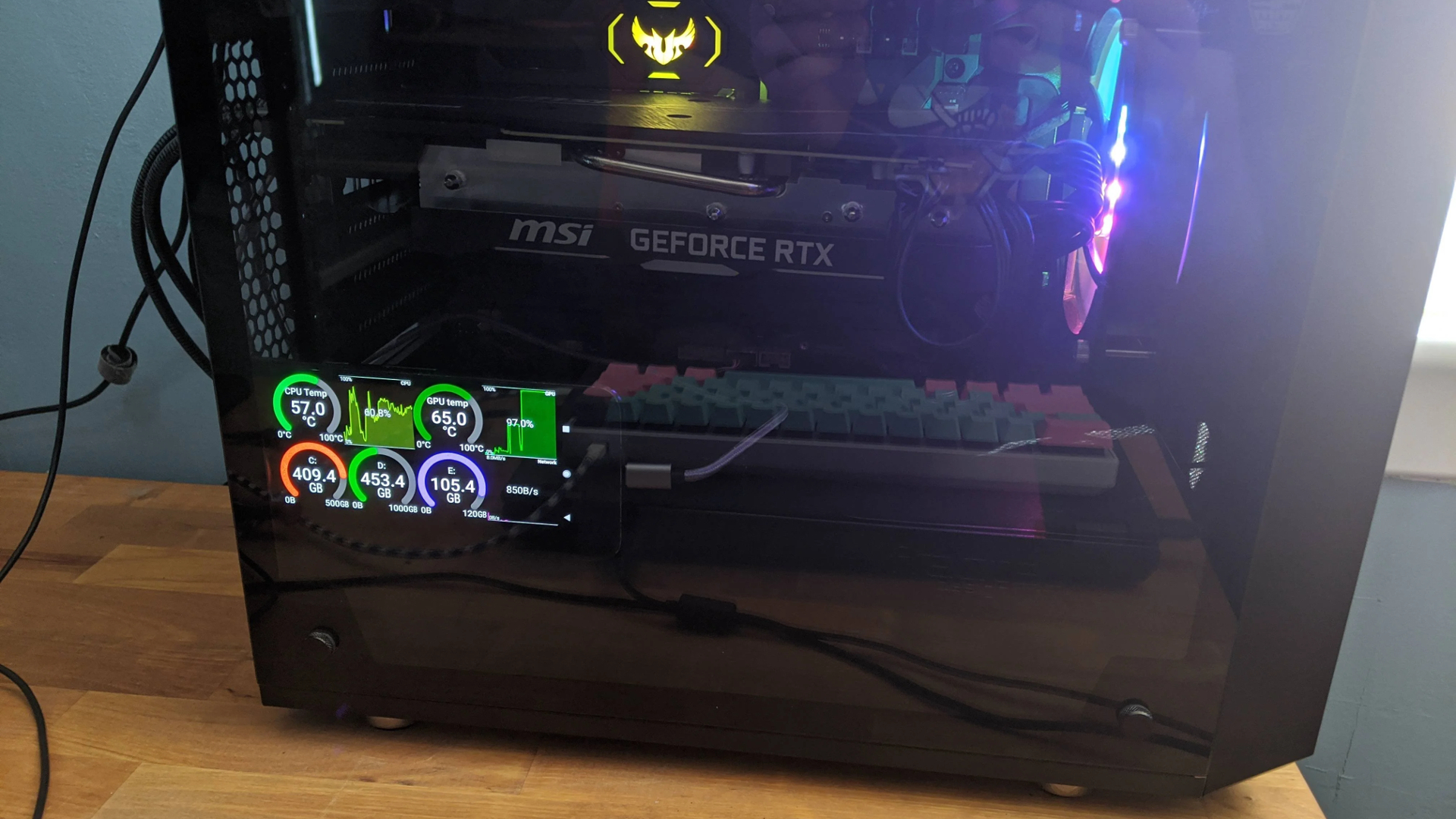

- GPU AND CPU TEMP MONITOR INSTALL
- GPU AND CPU TEMP MONITOR FULL
- GPU AND CPU TEMP MONITOR SOFTWARE
- GPU AND CPU TEMP MONITOR PC
It happens when you have a graphics card that outperforms a CPU. However, if your CPU starts thermal throttling, you can expect a drop in FPS. The heat from the CPU generally does not affect GPU temperature. If you have a poor case fan alignment, all components inside the case will have a higher temperature.

GPU AND CPU TEMP MONITOR PC
Case fans help cool down the air inside the PC case that these components generate. Inside your PC case, components such as the CPU, GPU, or VRM chips heat up the most, causing the overall rise in motherboard temperature. A cooler GPU will provide you with a little extra performance boost as well as a longer lifespan for your precious equipment. However, it is always a good sign that you have a cooler running GPU. On idle, your GPU should be 10 or 15 degrees above the room temperature.

If your GPU has a temperature higher than the ideal amount depending on the usage, here are some steps you can perform to keep the temperature under the limit. However, if you have overclocked your GPU, the temperature might even go beyond the limit mentioned above. Depending on the load, you might want to cool them if the GPU exceeds these temperatures.
GPU AND CPU TEMP MONITOR FULL
And finally, on full load, the normal GPU operating temperature should be approximately 65☌ to 80☌. Under 50% load, the ideal GPU temperature should be around 55☌ to 65☌. You might want to perform necessary measures to cool the GPU if the temperature exceeds 60☌ on idle. This is an ideal temperature when the GPU is idle. According to GPU usage, we have divided GPU states into three states, idle, 50% load, and full load.

Now that you know your current GPU temperature, let us see if the readings are normal or not. Besides this, it is also a great fan control software. The Argus Monitor, just like HWiNFO, lets you get details about GPU and CPU along with HDD/SSD temperature as well. This application is also compatible with any graphics card. HWiNFO measures CPU and GPU temperatures and records real-time hard disk temperature. Besides this, you can also set a temperature limit using the AfterBurner. Along with this, the application also gives you the ability to control fan speed. The MSI Afterburner is one of the best applications to measure your graphics card and CPU temperature. Here are some applications that can help you get real-time GPU temperature. Keep in mind that these applications only work if you have a dedicated graphics card or GPU/CPU thermal sensors. So, it is best that you know your GPU’s manufacturing company. However, some of these applications are only specific to a certain manufacturer. Here, you can get details about the current GPU temperature.ĭepending on the GPU manufacturer, such as EVGA, Gigabyte, and MSI, you can also find their specific application that monitors all your hardware information.Once the application opens, click the slanted triangular icon located on the top right of the GeForce Experience Window.Now, open the application using the Start Menu.
GPU AND CPU TEMP MONITOR INSTALL
GPU AND CPU TEMP MONITOR SOFTWARE
The software also allows you to save GPU temperature data to a CSV file if you wish to compare GPU temperature over time.


 0 kommentar(er)
0 kommentar(er)
